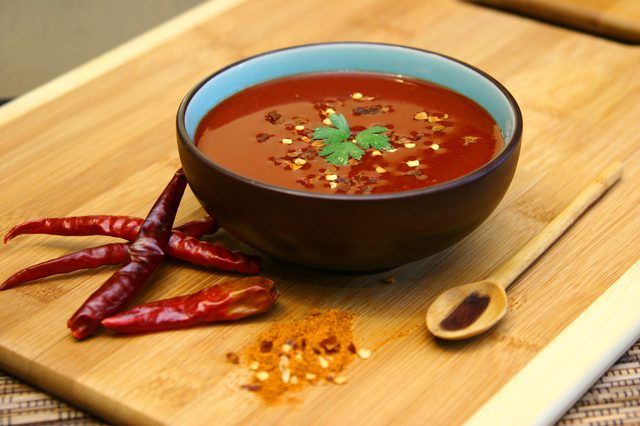Bulbs
Flower Basics
Flower Beds & Specialty Gardens
Flower Garden
Garden Furniture
Garden Gnomes
Garden Seeds
Garden Sheds
Garden Statues
Garden Tools & Supplies
Gardening Basics
Green & Organic
Groundcovers & Vines
Growing Annuals
Growing Basil
Growing Beans
Growing Berries
Growing Blueberries
Growing Cactus
Growing Corn
Growing Cotton
Growing Edibles
Growing Flowers
Growing Garlic
Growing Grapes
Growing Grass
Growing Herbs
Growing Jasmine
Growing Mint
Growing Mushrooms
Orchids
Growing Peanuts
Growing Perennials
Growing Plants
Growing Rosemary
Growing Roses
Growing Strawberries
Growing Sunflowers
Growing Thyme
Growing Tomatoes
Growing Tulips
Growing Vegetables
Herb Basics
Herb Garden
Indoor Growing
Landscaping Basics
Landscaping Patios
Landscaping Plants
Landscaping Shrubs
Landscaping Trees
Landscaping Walks & Pathways
Lawn Basics
Lawn Maintenance
Lawn Mowers
Lawn Ornaments
Lawn Planting
Lawn Tools
Outdoor Growing
Overall Landscape Planning
Pests, Weeds & Problems
Plant Basics
Rock Garden
Rose Garden
Shrubs
Soil
Specialty Gardens
Trees
Vegetable Garden
Yard Maintenance
How Do You Know When a Cayenne Pepper Is Ripe?
How Do You Know When a Cayenne Pepper Is Ripe?. For those who love spicy foods, cayenne peppers are a tasty treat, adding a little kick to everything from barbecue sauce to salsa. The peppers have visual appeal, too, especially when the thin, gleaming red fruits are strung together to dry. But for plant lovers of all kinds, perhaps the best quality...
For those who love spicy foods, cayenne peppers are a tasty treat, adding a little kick to everything from barbecue sauce to salsa. The peppers have visual appeal, too, especially when the thin, gleaming red fruits are strung together to dry. But for plant lovers of all kinds, perhaps the best quality of cayenne peppers is the ease with which they grow.
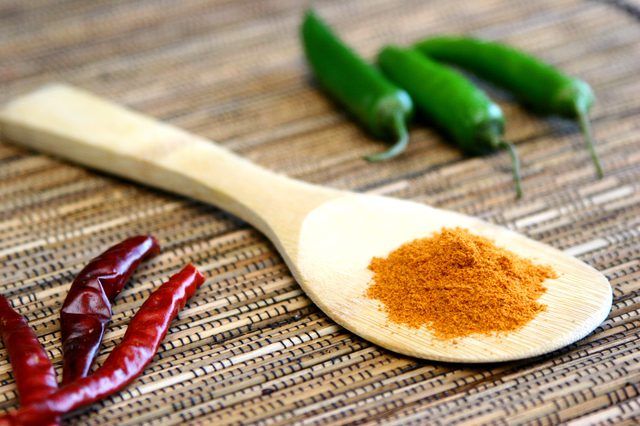
Cayenne pepper plants have bright green leaves and produce bounties of green peppers that turn red when ripe. They are relatively easy to grow, and contain vitamins A and C, as well as potassium. The plant originated in Central and South America and West India, though it is now grown in many parts of the world. According to LocalHarvest.org, the peppers are named for a region of French Guiana, where the plant is said to have originated.
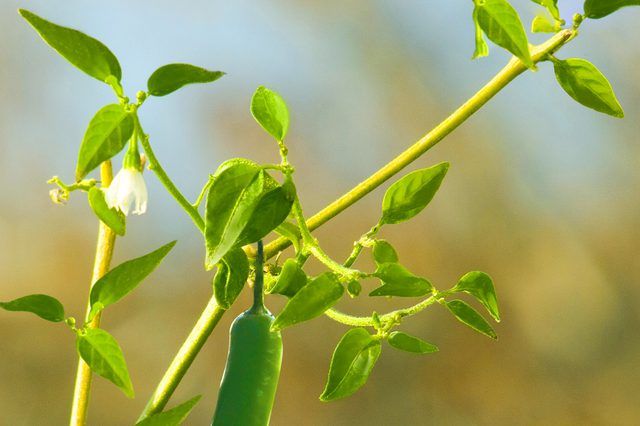
Cayenne peppers grow best in hot temperatures with full sun. The plants prefer moist, well-drained soil and grow 12 to 24 inches tall. Place pepper plants about 12 inches apart. Plants should fully mature in 63 to 80 days, depending on climate. In most places, cayenne pepper plants are an annual and must be replanted each year. In some mild climates, though, they can be kept year-round and produce peppers perennially.
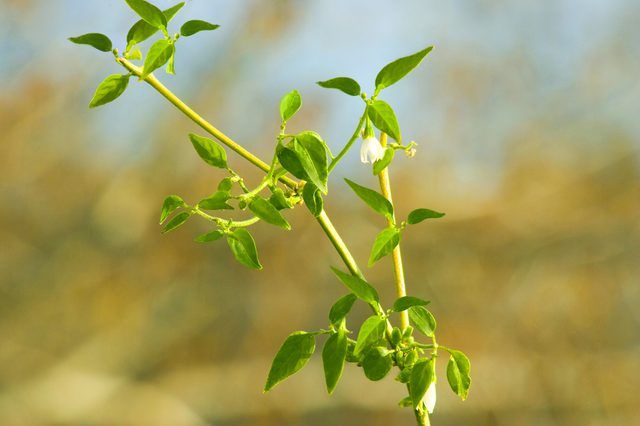
Cayenne peppers are ready to be picked when they are about 4 to 5 inches long and are bright green. The peppers will turn red on the plant, and you can wait until then to harvest them, but they will also turn red once they are picked.
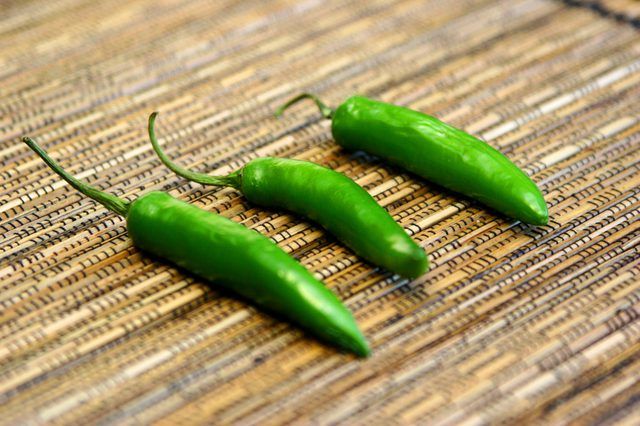
To dry peppers, string them together on a line after they are harvested and hang them until they have dried completely. Once dry, the peppers can be ground or crushed for use in spice mixes and other recipes.
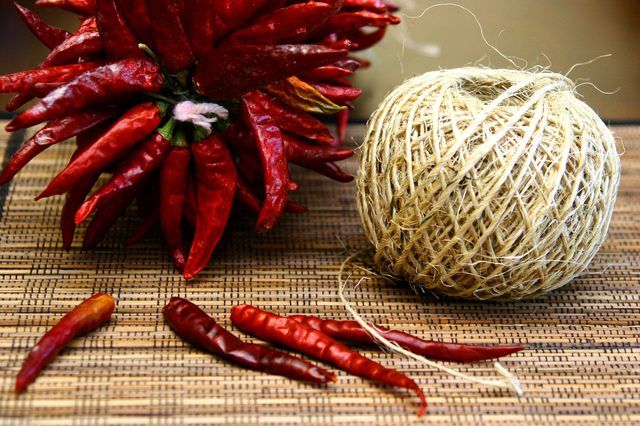
Fresh cayenne peppers can be used in recipes such as salsa and chili. Peppers can also be pickled, canned or, if you don't want to freeze them, they can be kept frozen in a plastic bag. The smaller the peppers are, the hotter they will be. The seeds and membrane of the pepper are hotter than the pod, so if you like a milder taste, remove the seeds and the membrane attaching them to the pepper before you use it.
